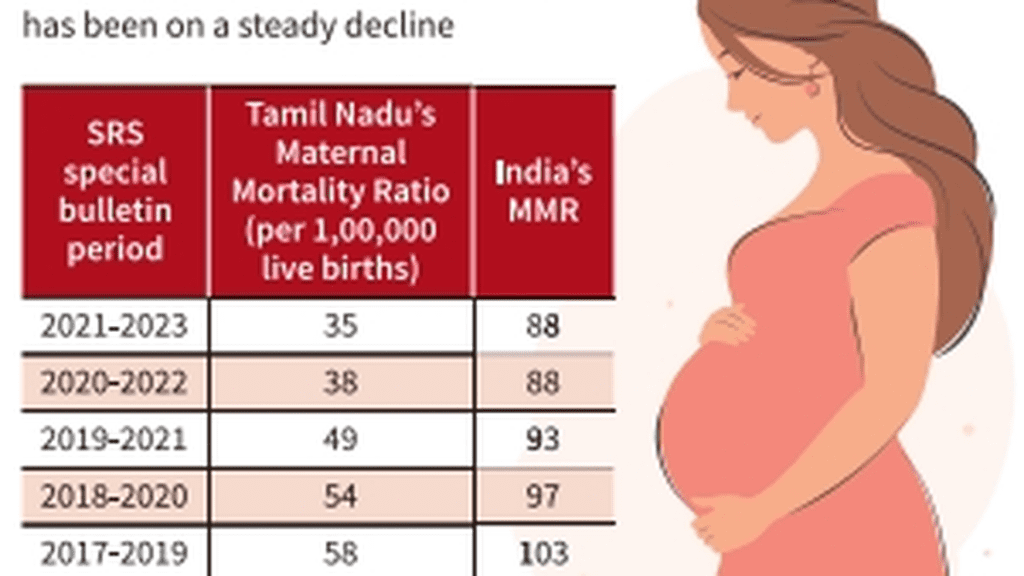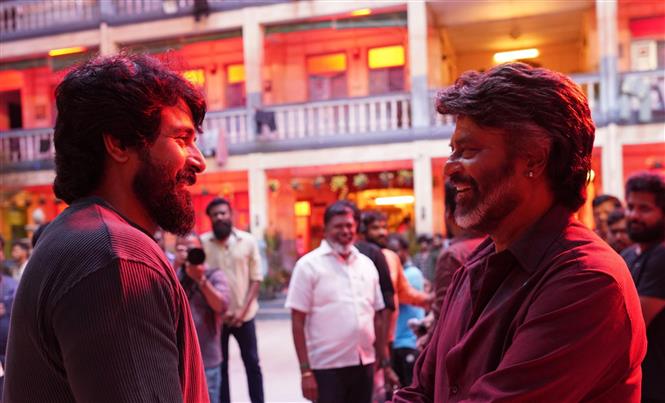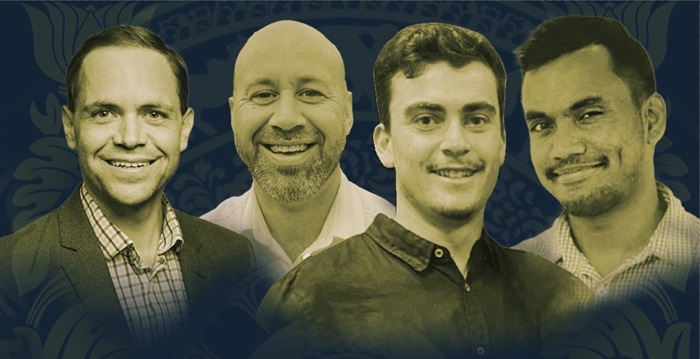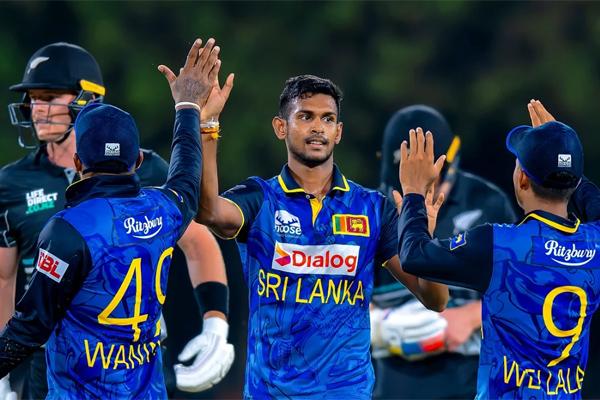HIL 2.0: Has Hockey India addressed past mistakes for a sustainable franchise model?
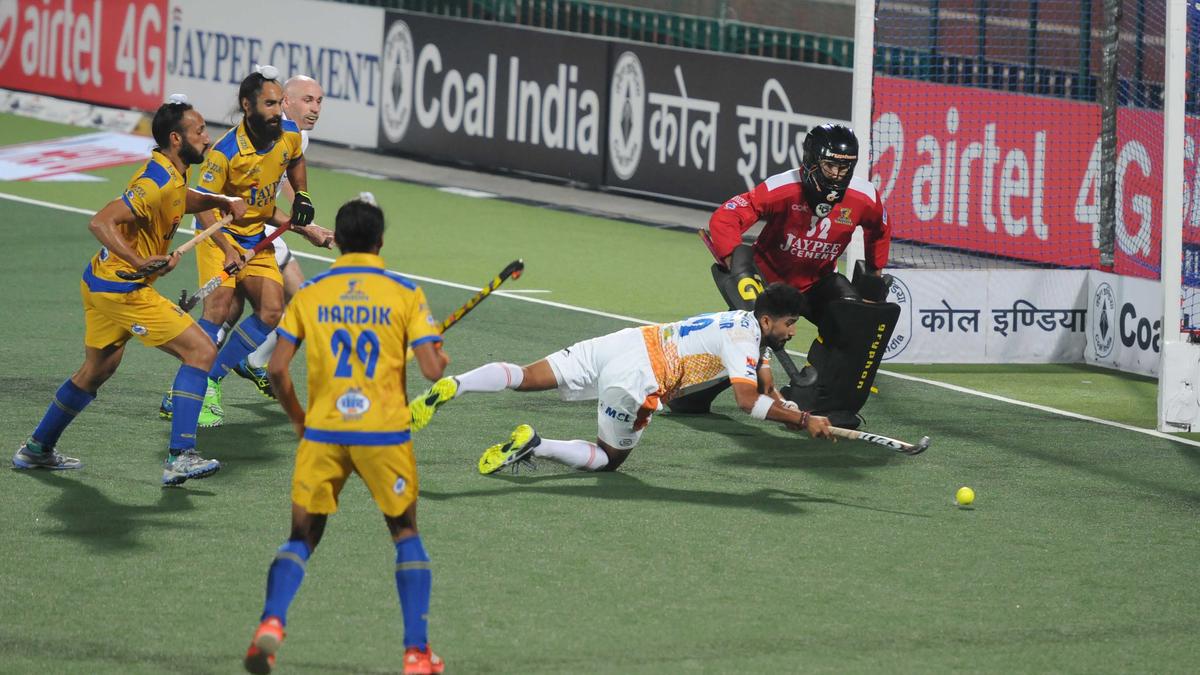
HIL 2.0: Has Hockey India addressed past mistakes for a sustainable franchise model?
With the Hockey India League (HIL) returning in a fresh avatar after seven years, Hockey India (HI) will want to ensure that its second coming is smooth sailing.
For many years, former Indian players have spoken about the need for a robust domestic competition to aid the development of domestic talents. The announcement has been met with unanimous support from various quarters of the hockey community. “We have been waiting for so long for HIL to return,” said India international Amit Rohidas, who had his breakthrough in 2013 with the league.
In 2024, none of the older corporates or owners is back, with seven new teams introduced in the men’s league, except for Kalinga Lancers, which has been revived by Vedanta Limited. Four women’s teams will compete in the newly launched women’s HIL.
When the HIL initially folded in 2017, it was mired in issues, with teams facing financial burdens resulting in salary defaults for players and staff and scheduling conflicts with the international calendar being the primary ones.
Between 2013 and 2017, the HIL was played in a home-and-away format in Mumbai, Lucknow, Delhi, Ranchi and Chandigarh. However, the 2024-25 men’s and women’s competitions will be played in Rourkela and Ranchi, respectively. Bhola Nath Singh, HI’s secretary general and HIL governing committee member, pointed out that the biggest lesson for the league from HIL 1.0 was to adopt a sustainable approach, which is reflected in the decision to adopt two centralised venues for the relaunch.
The centralised venues with world-class infrastructure will help capitalise on the popularity of the sport, feels Divyanshu Singh, COO of JSW Sports, which owns Soorma Hockey Club men’s and women’s teams. The league recently announced it will offer free tickets for all the matches in both venues. “The first edition (2024-25) is happening in Rourkela and Ranchi, which have state-of-the-art stadiums, and hockey is very popular there. Hockey is not popular in urban India. I think that was the mistake that happened last time, where you had franchises from urban India, but you were not seeing the kind of response, be it in ticketing or the buzz from the fans,” said Divyanshu.
Madhav Krishna Singhania, who owns UP Rudras, backed the current model of the HIL. “I feel what happened maybe in the past was seeing the success of the Indian Premier League (IPL), one tried to build costs as per the IPL. However, the revenues in viewership maybe did not come as per the IPL. So, for any league to become big, you start by having lesser costs. When there is more viewership, there is more revenue coming from broadcasting or sponsorship. Suddenly, you see the players’ purses also increase,” said Singhania.
The HIL is a unique competition unlike any other in the hockey calendar. The top European male players ply their trade in their storied domestic leagues back home. The Belgian, German and Dutch top-division leagues, which operate over nine months, have a history of over 100, 100 and 50 years, respectively. Each league has 12 teams, with 22 matches played in a round-robin system with promotion and relegation. The women’s league of the Olympic champion Netherlands mirrors their men’s league, with its first season dating back to 1981.
In comparison, India doesn’t offer a professional league system. The recent Senior Nationals lasted just 13 days. The upcoming HIL, similar to the 2013-17 version, will see each team play 10 league games, followed by the knockouts in the men’s league. In the W-HIL, each team will play six pool fixtures.
Germany’s Pasha Gademan, who will coach the Hyderabad Toofans, felt India did not have to replicate the European model while pointing out that the infrastructure is built for a shorter league.
“I doubt, in this setup [it’s possible]. I would say that the two things are very different. I think calling it a league is interesting because it sounds more like a ‘Hockey India tournament,’ but ‘league’ sounds a lot better, so I support the name. But it’s a bit more of a tournament, and the league in Europe is stretched out over a very long period,” said Gademan, who was the assistant coach for the German men’s national team during the 2023 World Cup win.
He added, “I’d rather see it stay like a compact league and have a high boost or an exciting period in the year instead of a regular league because a regular league has its pros and cons. I’ve been a coach of a top team for the last four seasons in Germany, yet the first 20 matches are almost boring in the sense that we know we’re going to win everything until the very end. And so you’ve got three quarters of a year where it’s not that exciting, and the last quarter of the year is super exciting.”
The scheduling issue, while not a roadblock, continues to be a thorn for HIL, leading to several overseas stars pulling out. The HIL was provided with a window by the International Hockey Federation from December 28 till the first week of February.
As many as 29 players from both the men’s and women’s leagues withdrew after the auction. Top European names like Seve Van Ass (UP Rudras), Tom Boon (Team Gonasika), Christopher Ruhr (Delhi SG Pipers), Tom Grambusch (Rarh Bengal Tigers), Jean-Paul Danneberg (Hyderabad Toofans), Nike Lorenz and Anna Toman (Soorma Hockey Club), etc., are giving the tournament a miss this year.
Reduced salaries, injuries and scheduling are among the prime factors cited for the withdrawals. While the competition offers a hefty payday for a short duration, the HIL falls during what would typically be their winter break from domestic leagues back home.
“A lot of the guys who have to be at home for Christmas, once they realised that the dates coincide with that, said they need to be with their families. I think that’s where issues came from. Hats off to the guys who are coming to India despite Christmas. They’re missing out on a big festival [Christmas] to be here. So, my respect for them as well,” said Singhania, whose team will also miss the services of Spain’s Alvaro Iglesias.
On the timing of the league, Sai Prakash Komireddi, CEO of Hyderabad Toofans, said, “The league will learn lessons from this. That’s the way it starts. And there are bound to be a few problems when you start a league.”
While the 2024 auction brought riches to Indian talents, it wasn’t as lucrative for the overseas stars. Olympic gold medallist and World Cup winner Boon, signed for Team Gonasika for Rs. 27 lakh (€30,300), much less than 20-year-old Araijeet Singh Hundal (Rs. 42 lakh), an Indian junior team player. Germany’s Ruhr, one of the top buys in the 2016 auction for Rs. 63 lakh, had his final bid set at Rs. 18 lakh this year.
Pirmin Blaak, the Netherlands’ shootout hero in the Paris Olympics final, said he earned more in the 2013 edition of the HIL. “Back then, the pay was better,” Blaak told RTL Nederland after the auction. Blaak, picked up by Bengal Tigers for Rs. 25 lakh, two lakh less than his 2013 price, will not feature in this edition.
The 2024 auction format, in which the Indian Paris Olympic men’s team went under the hammer first, with a salary cap of Rs. 4 crore for each team, meant some foreign players were undervalued.
“In the last edition of HIL, overseas players were paid more than the Indians. This time, however, the tables have turned, and it seems a few international stars may not entirely agree with the shift. What they fail to grasp is that Harmanpreet Singh isn’t just one of the world’s best drag-flickers — he’s a brand in his own right. Everyone knows him as our beloved ‘Sarpanch Sahab’, and that star power is precisely why franchises kept bidding for him, even with a limited purse of just Rs 4 crore,” said Bhola Nath.
Only Gonzalo Peillat (Rs. 69 lakh), Jip Janssen (Rs. 55 lakh), and Jeremy Hayward (Rs. 42 lakh) were among the overseas players bought for over Rs. 40 lakh, largely due to the demand for penalty corner experts.
The HI secretary general also ensured tight measures are in place in the event of non-payment issues. “In the rare event that a franchise is unable to fulfil these commitments within 45 days of the season’s conclusion, the League reserves the right to temporarily suspend their participation until the dues are cleared. During this period, the franchise would also forego its share of the Central Rights Income. If payments remain outstanding beyond 60 days, HIL may consider further action, including the possibility of terminating the agreement after providing due notice,” said Bhola Nath.
In an era of Indian sports where franchise competitions dominate mainstream sports, and with the Indian men’s team’s performances in successive Olympics, it was a no-brainer for corporates to give HIL another go.
“Cricket is right up there as the top sport in India. But next to cricket, looking at which sport is going to be second to cricket, that has to be hockey because it has the ingredients for it,” said Toofans’ Komireddi. The HIL window will mean fewer clashes with domestic competitions for TV ratings. The Pro Kabaddi League (PKL) wraps up on December 29, but there is the ISL, and the Indian men’s cricket team has four white-ball matches scheduled during the business end of the HIL.
However, apart from the IPL, and to a lesser extent PKL, Indian franchises continue to bleed money in other leagues. Rahul Todi of Shrachi Rarh (Bengal Tigers owner) felt the digital penetration in India and the bronze medals in Tokyo and Paris will help HIL 2.0 strike the right chord. Apart from the reduced cost due to the centralised venues, Todi also commended HI’s decision to market the product by broadcasting the HIL on both Doordarshan and Sony Sports Network. The league will also be streamed on Prasar Bharati’s OTT platform, Waves.
Apart from the centralised venues, broadcast strategy was another takeaway for the HIL governing committee. “The previous editions highlighted how a strong broadcast presence could significantly influence audience engagement and brand value. This time, the league aims to go beyond standard telecast practices, integrating advanced technology, expert analysis, and strategic marketing to enhance viewer experience and broaden reach,” said Bhola Nath.
He also confirmed there will be 16 cameras deployed at each stadium and elaborated on the cutting-edge telecast experience that will be in place. “Advanced graphics will provide detailed insights into gameplay, such as goal breakdowns, player movements, passing speeds, angles, and the time taken by goalkeepers to make saves. Additionally, features like drag-flick and penalty stroke speed will be showcased, giving viewers a deeper understanding of the game’s technical nuances.”
Sony Sports Network, which came on board earlier this month as a broadcast partner, is optimistic about a boost in viewership due to India’s recent success with both the men’s and women’s teams. “The interest in hockey has seen a rise since the Indian team won the bronze at the Olympic Games Tokyo 2020, which was their first Olympic medal in 40 years,” said Rajesh Kaul, Sony Sports Network India’s Chief Revenue Officer. “Hockey does not get the kind of viewership that cricket brings. However, with the sport being on the rise, we are ahead of the curve with the broadcasting of hockey in India.”
Divyanshu praised the broadcast model with DD and Sony Sports, saying it offers the opportunity to penetrate both rural and urban markets. He added, “Like it happens in all the leagues, there’s a split between all the franchises and all the leagues. So that will happen. Currently, I’m not in a position to disclose all the numbers, because we also haven’t received communication in terms of the media rights numbers.”
Todi, who also co-owns the Indian Super League (ISL) club Mohammedan SC, said, “I think hockey will receive much more support centrally also. And I think it’s very expensive because of the cost factor if you compare ISL costs and the ISL structure. I think that’s where I would credit Hockey India for their cost structures. We find some of the things in ISL a little exaggerated in terms of what is practical for India. So I think HIL has been very mindful of this.”
While centralised venues mean lower costs, franchises can’t tap into the fans’ support in their home cities like Kolkata, Chennai, Haryana and Punjab. Only Odisha-based Kalinga Lancers will find itself at home in Rourkela, while the Rourkela-based women’s team Odisha Warriors will play only one of its six matches in the city.
“There are pluses and minuses [to the centralised venue]. In the long term, the home-and-away format is needed to build that sort of local connection and a local fan base to come and follow the sport. There’s no dearth of people wanting to come and watch hockey. The only challenge is having the right atmosphere and moment for them to come and enjoy the sport. So, the sooner we can move to the home-and-away format, the better it would be for the league and the sport,” said Singhania.
The right ingredients are in place for the HIL to recommence and have a successful first outing, but Hockey India will be keen to ensure it is more than just a one-hit wonder.



